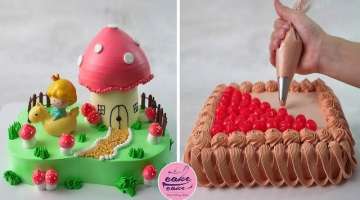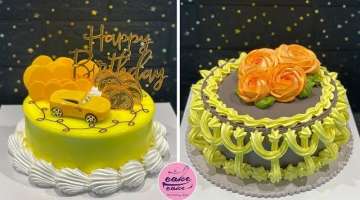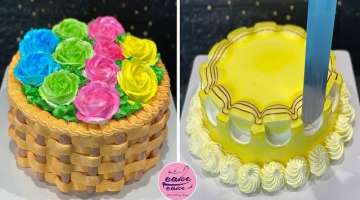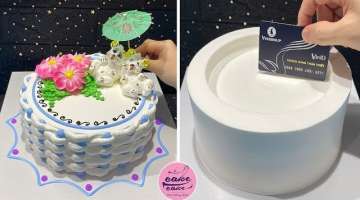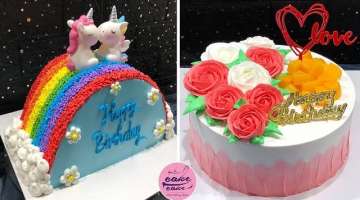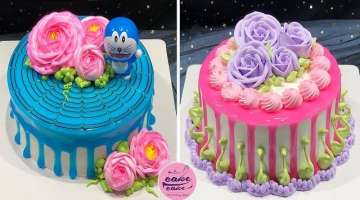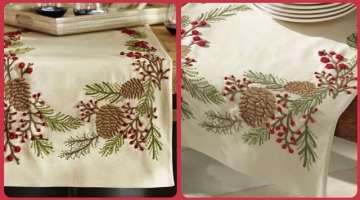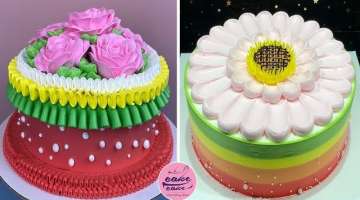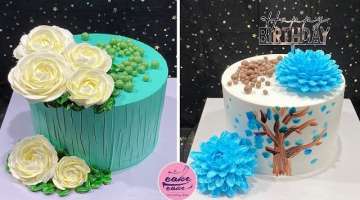Rose Succulents Are A Thing And They Look Straight Out Of A Fairytale
Succulents are excellent plants for people, like me, who do not have a naturally green thumb.If more finnicky plants wilt, crumble and die under your care – easy going succulents are an all-around winner.
- 1 | 9

The don't require much water and are fairly self-sufficient when planted in the right container and placed in a sunny spot.The best part of all? There are more succulent varieties out there than you ever thought possible – including beautiful rose succulents that look like they belong in a Disney movie or Pixar film.Known as Greenovia Dodrentalis, these beautiful succulents are shaped like roses.Only, unlike roses, succulents stay in bloom for a long, long time.
- 2 | 9

Greenovia Dodrentalis grow in curved layers that resemble the petals of a rose and look just like a green rose.Succulents have thick fleshy leaves and/stems that store water. That's why they don't need to be watered as often as other plant species.They can survive and thrive with light dew and mist. The word "succulent" derives from the Latin word sucus, which means sap or juice.(Credit:@hrykskmt)
- 3 | 9

While succulents are often associated with Cactaceae, not all cacti are succulents and not all succulents are cacti.Growing succulents indoors is easy-breezy.Simply find a good location with plenty of sunlight. Most succulents prefer around 6 hours of sunlight per day, so south- or east-facing windows are ideal.Don't have many sunny places to store your plants?Some succulents can tolerate shadier low-light areas of your home, like mother-in-law tongue (great name, right?).Although this particular succulent doesn't look like a rose, it still has a unique shape with nice big leaves.(Credit:Zusung)
- 4 | 9

When you first bring home your succulent, it's likely living in soil that's too rich and contains too much moisture.Make sure to repot your succulent in more suitable living conditions as soon as possible. Pick a coarse potting mix with good drainage qualities.Specialty soils made for cactus and succulent plants are sold at most nurseries.(Credit:@plantcetera)
- 5 | 9

Also, pick a planter that is about 1 to 2 times larger than the pot the plant came in so that it has room to grow.While glass containers and mason jars are popular Pinterest-worthy options for planting succulents, they aren't the best choice because they allow water to accumulate at the bottom of the jar leading to root rot.(Credit:@nomu)
- 6 | 9

Fill your planter about one-third of the way with pre-moistened potting soil.Carefully position your plant inside, being extra gentle with the fragile roots. Then backfill with additional pre-moistened potting mix.(@k.andgray)
- 7 | 9

The number one mistake people make when caring for succulents is overwatering them.Your best bet is to water infrequently and evenly saturate the potting mix when you do water it. Let the soil dry out before re-watering again.If the potting soil is wet all of the time, your plant may cease to survive.(Credit:https://www.instagram.com/p/BTER6bogAG3/)
- 8 | 9

Add a well-balanced, all-purpose, water-soluble fertilizer in the spring or late summer.Dilute the fertilizer to half of its strength as listed on the packaging instructions.Don't fertilize your succulent in the winter when it is semi-dormant, because it's not actively growing it doesn't need the nutrient-boost at this time.(Credit:@succulentaddiction)
- 9 | 9

Don't use sand to plant your succulents because sand tends to accumulate too much moisture as it compacts over time.If you start your succulent as a seedling, be warned that it'll grow very slowly.It make take six months to a year after germinating to reach its full size.If the leaves at the bottom of your plant are shriveling up and dropping, this is completely normal.On the other hand, if the leaves at the top of the plant are falling off it indicates an underlying issue such as pests, overwatering, or disease.
